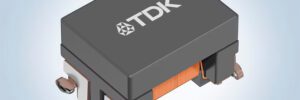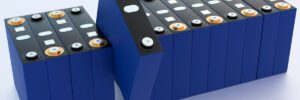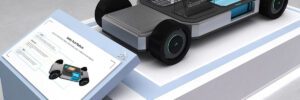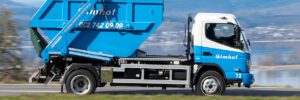Tesla asked—and thousands answered.
A few weeks ago, Lars Moravy, Tesla’s VP of Vehicle Engineering, took to X (formerly Twitter) to ask a simple question:
“Let’s make Teslas better… what do you all want for 2026?”
The post went viral fast, racking up over 12,000 responses from Tesla owners, EV enthusiasts, and curious drivers worldwide. The answers? Everything from luxury upgrades to long-range asks and high-performance dreams.
Here’s a breakdown of some of the most requested features—and a few fun surprises.
Top Requests from the Tesla Community
1. A CyberSUV
Fans want a real SUV version of the Cybertruck—something more family-ready, with that iconic stainless steel look. Think: futuristic design meets practical size.
2. Faster Charging with Better Curves
Tesla charging is fast—but it tapers off quickly. Owners want sustained high-speed charging, especially with the 500kW Superchargers rolling out in Q3. Chinese brands are already setting the bar here, so the pressure is on.
3. 450–500 Mile Range Options
While Tesla says 300 miles is “enough” for most, rural drivers and anyone who tows would love more. Longer range = less stress.
4. Ambient Lighting That Reacts to Music
It sounds small, but this was a huge ask. Syncing lights with your playlist adds a premium touch that many luxury EVs already offer.
5. Signal Stalk Retrofit for Refreshed Model 3
Not everyone is a fan of the new stalkless design. Some owners are hoping Tesla will offer official retrofits. Lars replied “I’ll try,” so fingers crossed.
6. Lumbar Support in Driver Profiles
Currently, Tesla profiles save seat position, mirrors, and climate preferences—but not lumbar support. That might change soon. Lars mentioned it’s a technical challenge, but solvable.
7. Model 3 Track Pack
The Model S has it. Why not the Model 3 Performance? Drivers want access to performance tires, brakes, and wheels for their own weekend warrior builds.
Some of Our Favorite Requests
Sentry Mode Upgrades
Users suggested adding side (B-pillar) camera recordings. Tesla’s on it—coming in the Spring 2025 update (v2025.14), but likely only for HW4-equipped vehicles.
Massaging Seats
More luxury, please. Many premium automakers offer this, and Tesla owners want the same for Model S and X. Contrary to rumors, Tesla has never offered this feature—yet.
Powershare Expansion
Right now, only the Cybertruck supports Tesla’s new Mobile Connector with Powershare. Drivers want this vehicle-to-load (V2L) or vehicle-to-home (V2H) option in all models—especially as Ford, Kia, and Hyundai offer it already.
Starlink Vehicle Integration
Cell service isn’t always reliable. Adding Starlink for data connectivity could be a game-changer, especially for road-trippers.
Grok AI in Cars
Tesla’s in-house AI assistant, Grok, is on its way to vehicles. It’s not here yet, but the xAI team has teased its arrival. The future? You’ll talk to your car like it’s a co-pilot.
What’s Next?
Lars replied to dozens of comments, which is a good sign Tesla is listening. While not every feature is guaranteed, the upcoming years are already packed. A more affordable Tesla and the Robotaxi rollout are both expected in 2025—and 2026 might bring even more.
The community has spoken. Now it’s Tesla’s move.








